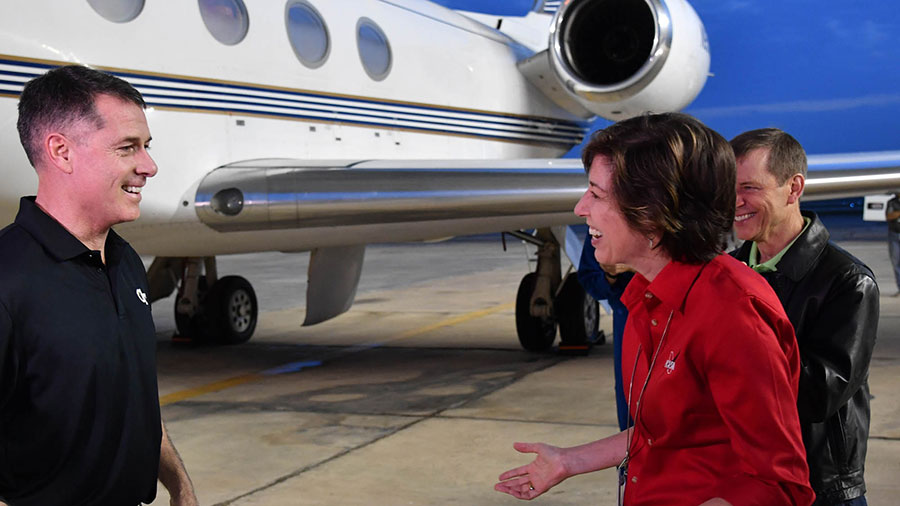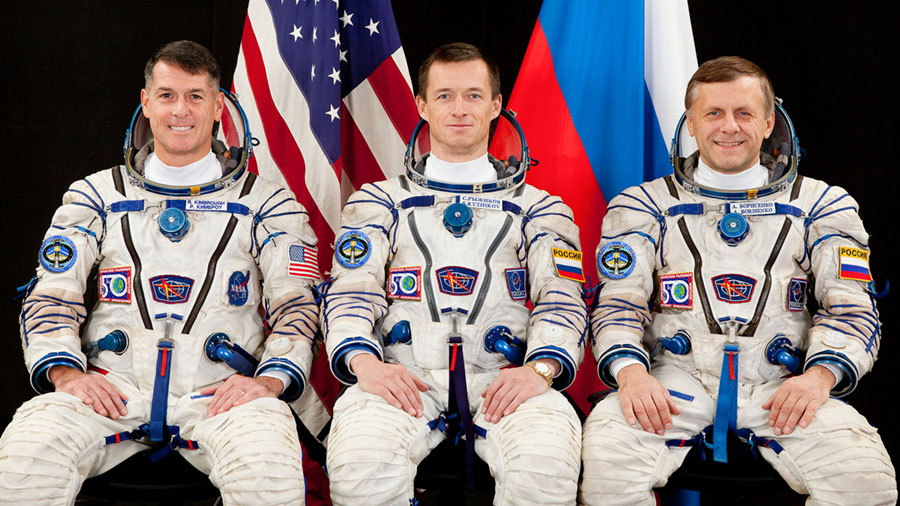
Expedition 50 robotic arm operators Shane Kimbrough of NASA and Thomas Pesquet of ESA (European Space Agency) commanded the International Space Station’s Canadarm2 robotic arm to release the Cygnus spacecraft at 8:22 a.m. EST while the space station was flying 251 miles over the Pacific Ocean, off the west coast of Colombia. Earlier, ground controllers detached Cygnus from the station and maneuvered it into place for its departure.
Once Cygnus is a safe distance away from the station, ground controllers at Glenn Research Center in Cleveland, Ohio and at Orbital ATK in Dulles, Virginia, will activate the Saffire-II experiment.
Cygnus also will release four LEMUR CubeSats from an external deployer on Friday, Nov. 25, sending them to join a remote sensing satellite constellation that provides global ship tracking and weather monitoring.
The spacecraft will remain in orbit until Sunday, Nov. 27, when its engines will fire twice, pushing it into Earth’s atmosphere, where it will burn up over the Pacific Ocean.
The Cygnus resupply craft launched Oct. 17 on an Antares rocket from the Mid-Atlantic Regional Spaceport at NASA’s Wallops Flight Facility in Virginia, for the company’s sixth NASA-contracted commercial resupply mission. The company’s seventh contracted resupply mission is targeted for spring 2017 on an Atlas V rocket from Cape Canaveral Air Force Station in Florida.
For more information about the International Space Station, visit: https://www.nasa.gov/station.









